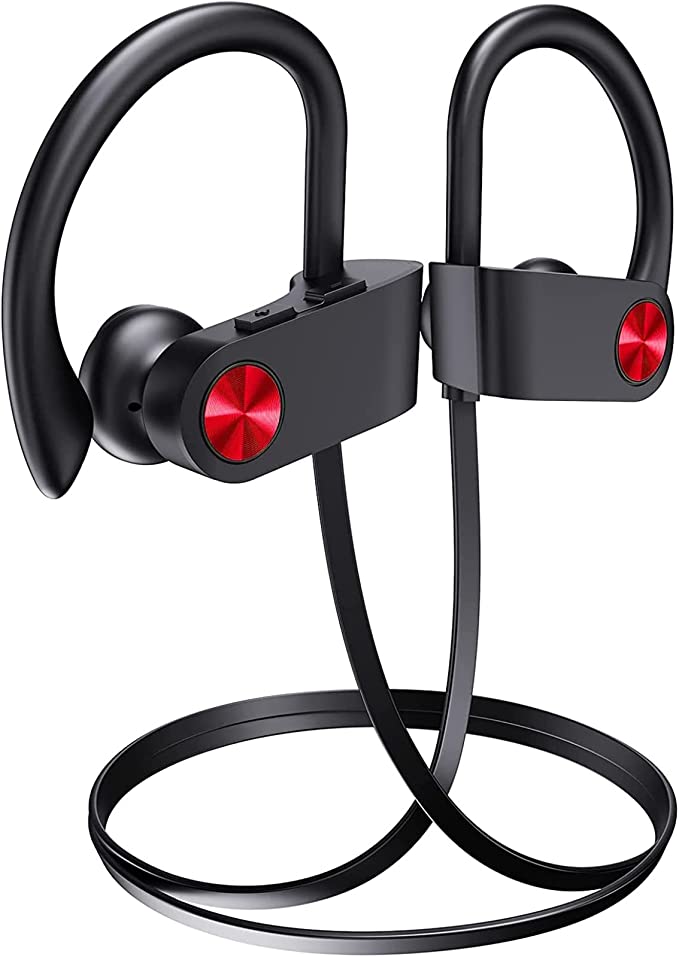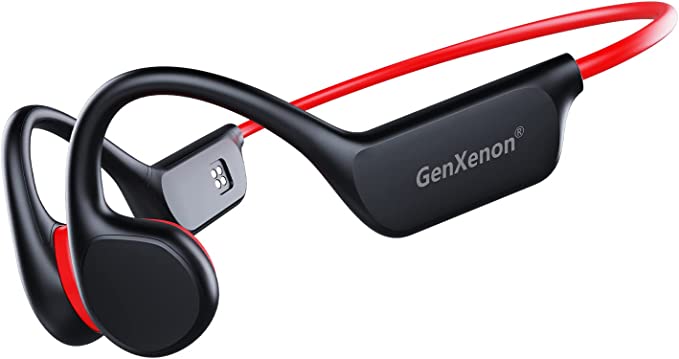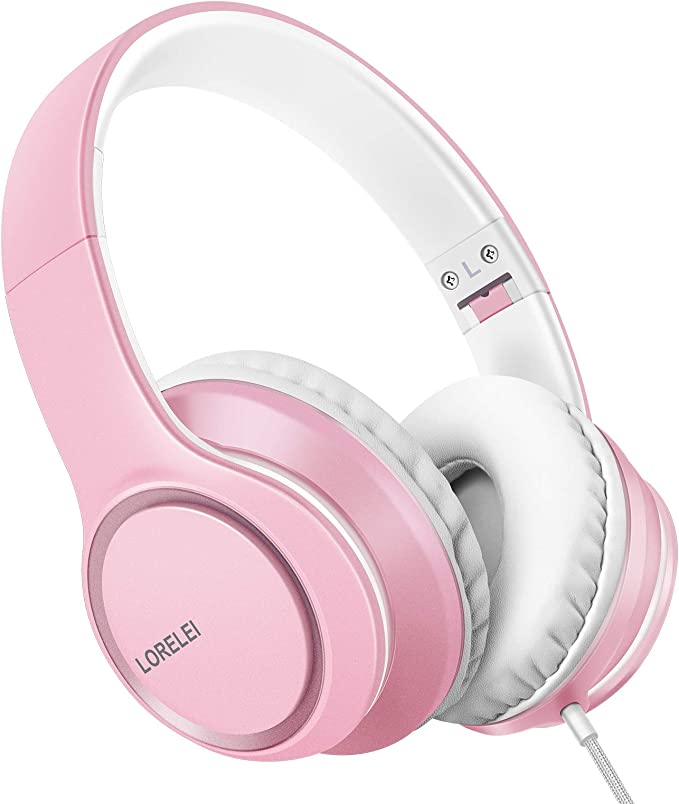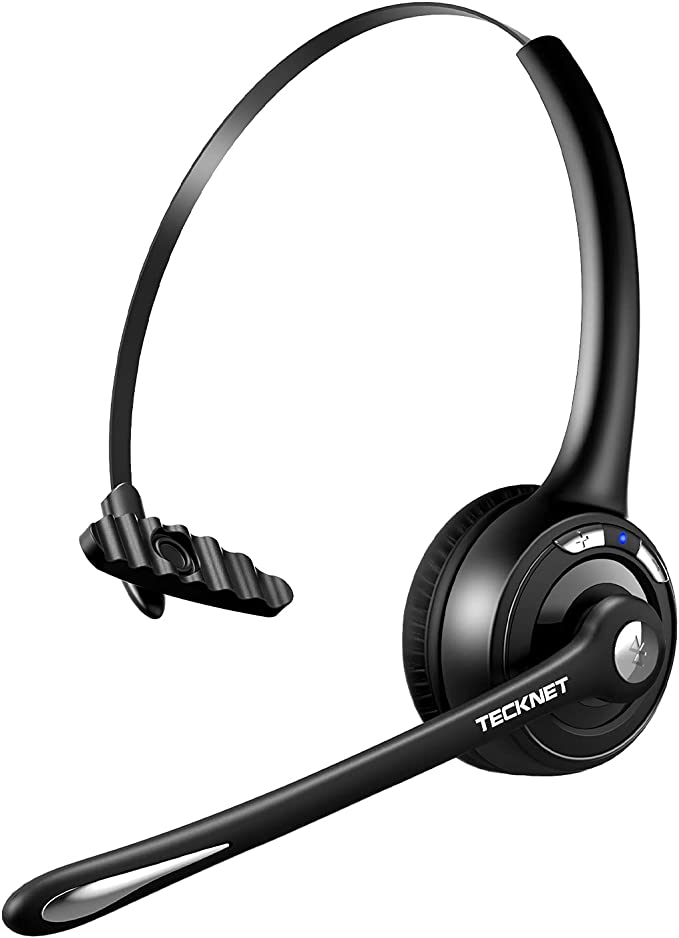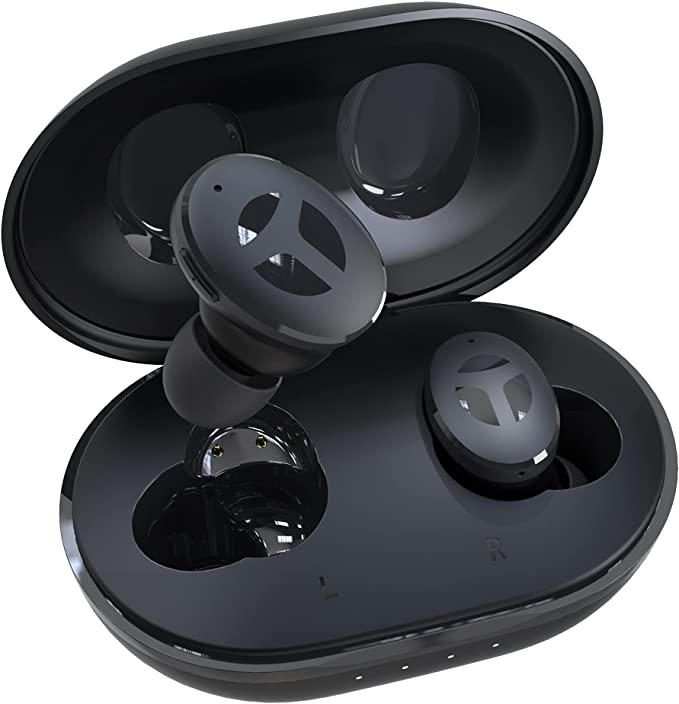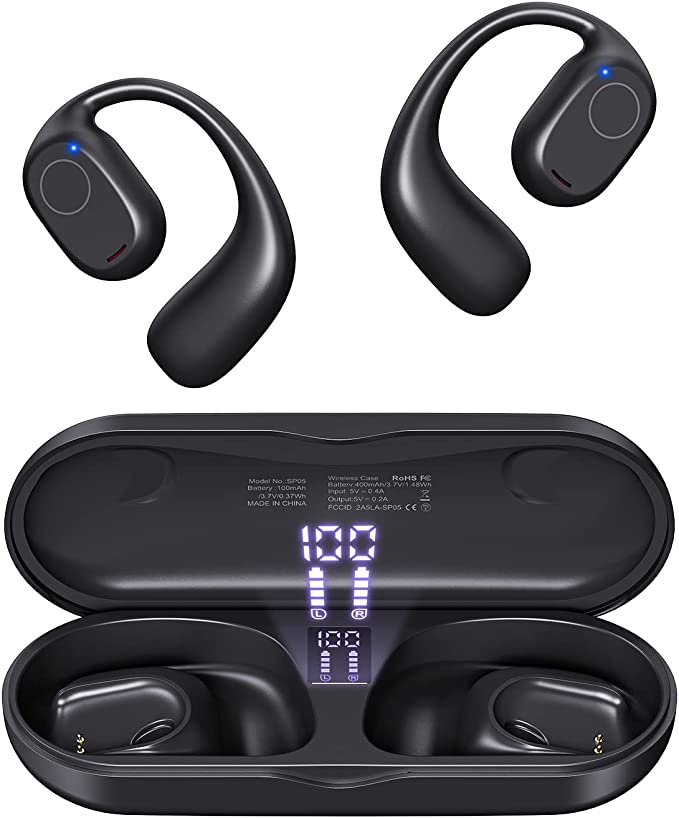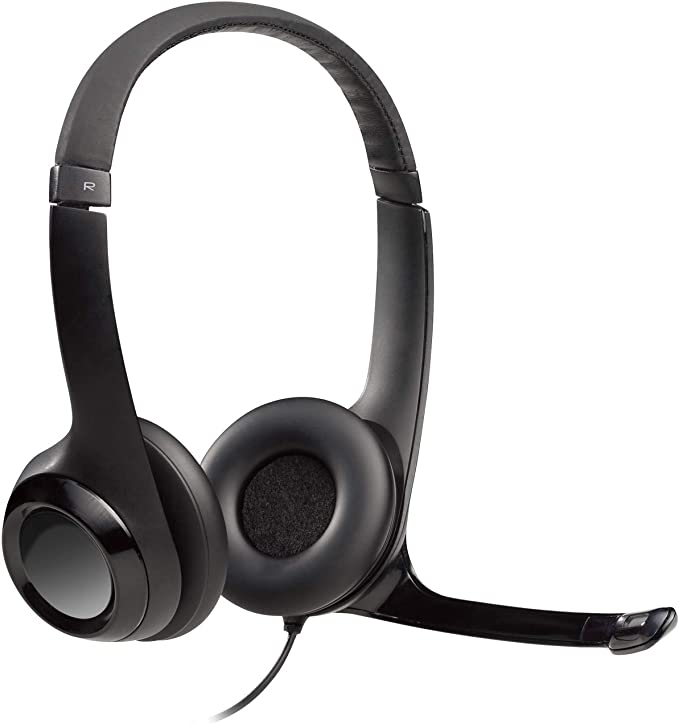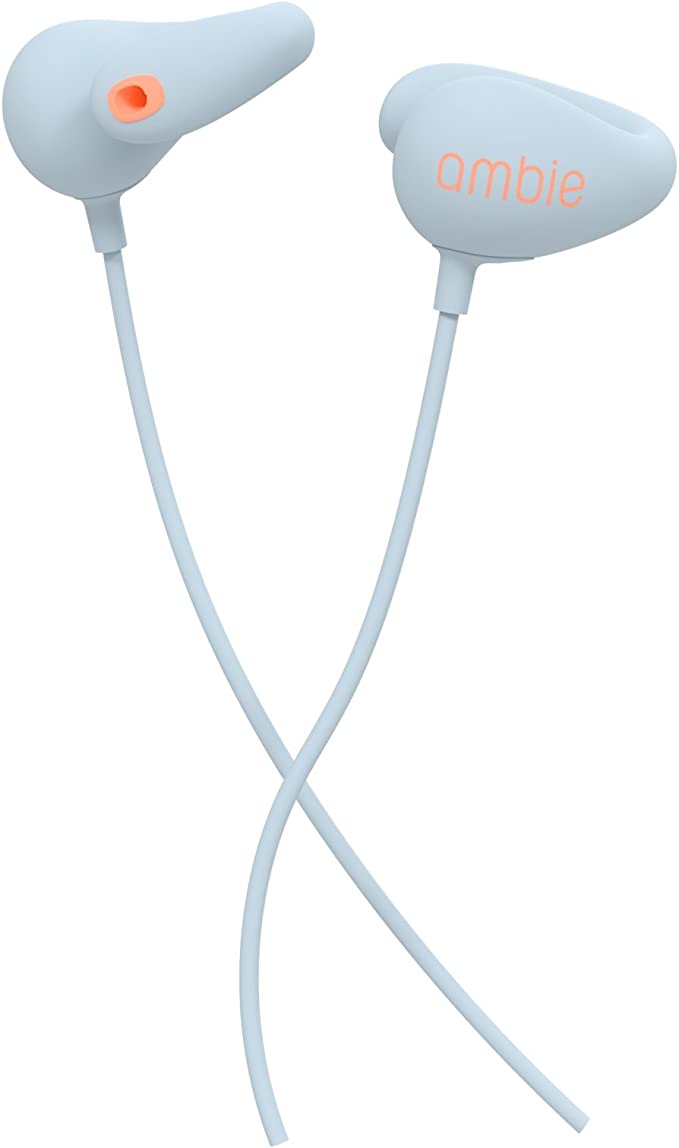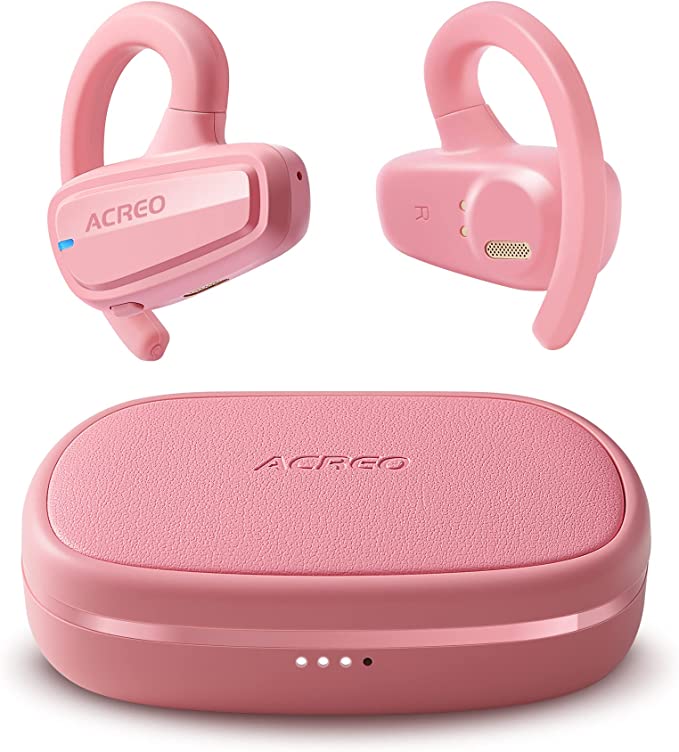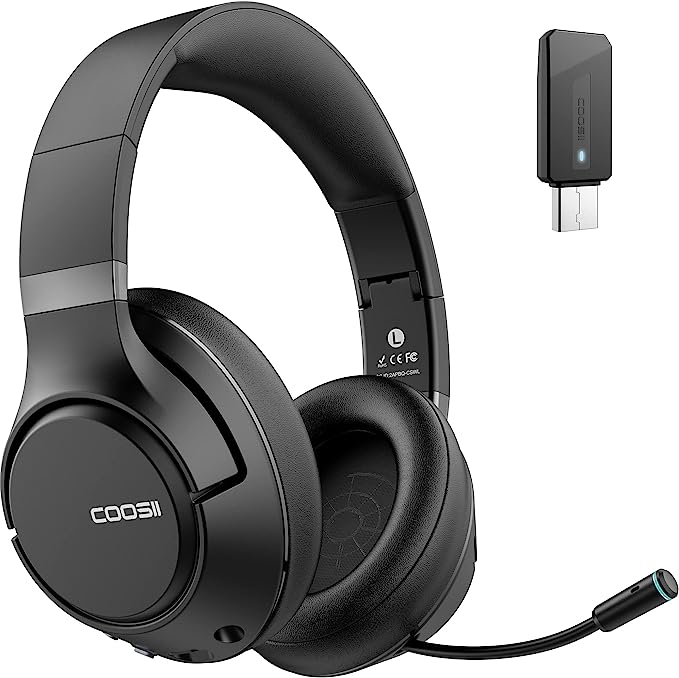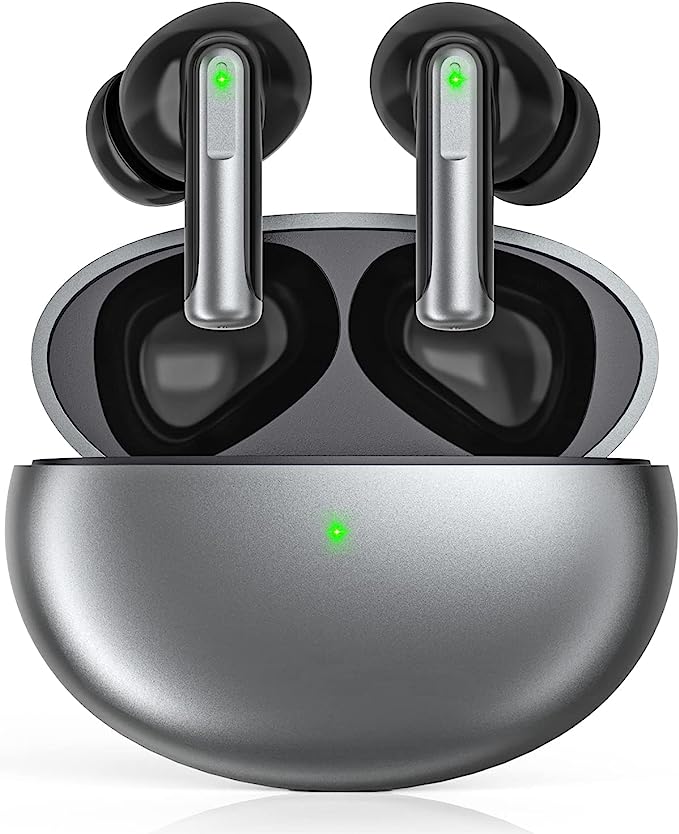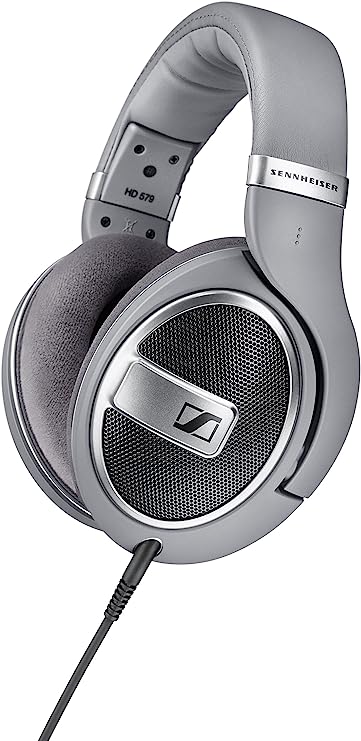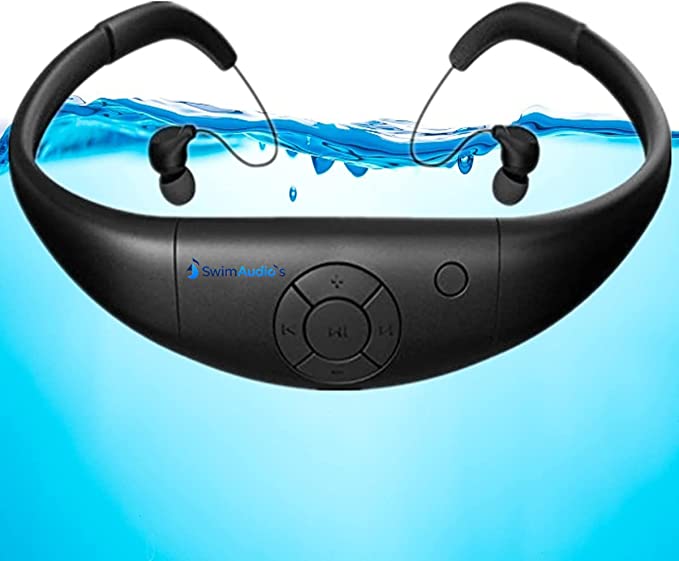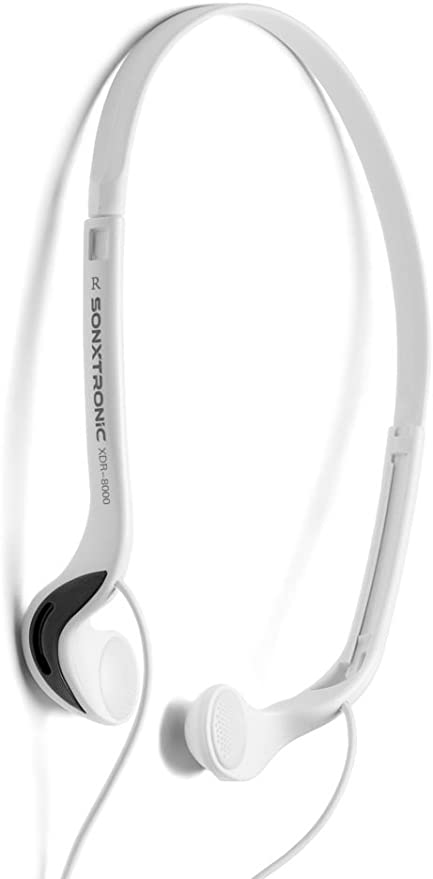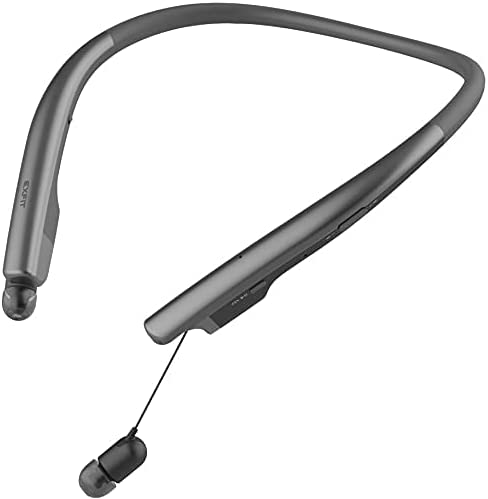The Thermal Challenge: Material Science and Heat Management in Professional Clipper Blades
Update on Oct. 14, 2025, 6:15 p.m.
It is a gesture known to every seasoned groomer: the quick, instinctive touch of the flat of a clipper blade against the back of the hand. This simple, tactile check is a critical line of defense against an invisible danger—the risk of causing thermal burns on an animal’s sensitive skin. When a client complains that a clipper “gets too hot,” they are often perceiving a product flaw. The reality is far more fundamental. The heat generated by a clipper blade is not an engineering oversight; it is the direct and unavoidable consequence of physics in action. It is a complex interplay between the kinetic energy supplied by the motor, the tribology of two surfaces in motion, and the intrinsic thermal properties of the materials from which they are made. To master this heat is to move from simply operating a tool to understanding and controlling a thermodynamic system.

The Genesis of Heat: A Lesson in Tribology and Thermodynamics
At its most basic level, the heat from a clipper blade originates from one primary source: friction. The science of friction, wear, and lubrication is known as tribology, and it governs the interaction between the clipper’s two primary cutting components: the stationary comb and the oscillating cutter. As the motor drives the cutter back and forth across the comb at thousands of strokes per minute, a significant frictional force is generated. This kinetic energy is converted directly into thermal energy, or heat.
The rate of this heat generation can be described conceptually by the physics of friction: the amount of heat produced is proportional to the coefficient of friction between the surfaces, the force pressing them together, and their relative speed. For a high-speed clipper, the “speed” component—its SPM—is immense. A tool operating at 4,500 SPM forces its two cutting surfaces to travel across each other over a distance of thousands of meters every hour. This intense mechanical action makes significant heat generation an absolute certainty. Therefore, any effective heat management strategy cannot hope to eliminate heat entirely, but must instead focus on reducing its creation and controlling its transfer.
If the generation of heat through friction is an unavoidable law of physics, then our primary defense cannot be to eliminate it, but to control it. This control begins not with sprays or gimmicks, but at the atomic level—with the choice of material from which the blade itself is forged.
A Tale of Two Materials: High-Carbon Steel vs. Zirconia Ceramic
The choice of blade material is the single most important factor determining a clipper’s thermal behavior. The professional grooming industry is dominated by two primary material families, each with a profoundly different thermal signature.
The Workhorse: High-Carbon Steel: For decades, steel has been the default material for clipper blades, and for good reason. It possesses excellent toughness, meaning it can withstand being dropped or mishandled without shattering. It can also be resharpened multiple times, offering a long and economical service life. However, its primary thermal drawback is its high thermal conductivity. A typical high-carbon steel has a thermal conductivity value of approximately 45 W/(m·K). This means it is an excellent conductor of heat. The thermal energy generated at the friction point is rapidly and efficiently transferred throughout the entire blade, causing the entire unit to heat up quickly and creating a palpable risk of burning the skin.
The Specialist: Zirconia Ceramic (ZrO₂): Modern, high-performance clippers, such as the Andis eMERGE with its CeramicEDGE blade, increasingly utilize ceramic for the oscillating cutter. The advantages are rooted in material science. Zirconia is exceptionally hard, rating around 8.2 on the Mohs scale compared to steel’s ~6. This extreme hardness allows it to hold a sharp edge far longer, which can reduce friction over the long term. But its most critical advantage is its incredibly low thermal conductivity, which is typically around 2-3 W/(m·K)—more than 15 times lower than steel. It is a thermal insulator. Much like a ceramic coffee mug keeps its contents hot while the handle remains cool, a zirconia cutter isolates the intense heat at the cutting edge, preventing it from rapidly spreading to the blade body that contacts the animal’s skin.
It is critical, however, to understand what this insulation means. The heat has not vanished; it is simply concentrated at the cutting teeth. While this dramatically extends the safe working time before the blade’s body becomes dangerously hot, it does not create an infinite window. The fundamental principles of heat generation still apply.

Active Heat Management: An Engineering and Procedural Approach
Understanding the intrinsic thermal properties of steel and ceramic gives us a passive advantage. However, for active, real-time heat management during a demanding grooming session, we must turn from material science to engineering procedure and the non-negotiable science of lubrication.
A common misconception is the role of aerosol “coolant” sprays. While these products provide instant cooling through the endothermic effect of evaporation, most are alcohol-based. This process strips the blade of its essential lubrication. An unlubricated blade exhibits a much higher coefficient of friction, which in turn causes it to generate heat at an accelerated rate once the temporary cooling effect has worn off, creating a vicious cycle of dependency.
The only true first-principles solution to reducing heat generation is proper lubrication. A thin film of high-quality clipper oil creates a hydrodynamic layer between the comb and cutter, drastically reducing the coefficient of friction. This directly attacks the heat equation at its source, minimizing the amount of thermal energy produced in the first place. For a high-speed tool, oiling every 10-15 minutes of continuous use is not excessive; it is a fundamental requirement for performance and safety.
For professionals, the ultimate heat management technique is a system-level one: blade rotation. No single blade, regardless of material, is intended for continuous, hour-long use. The standard professional workflow involves having multiple, identical blades on hand. When one blade begins to feel warm, it is swapped for a cool one, and the hot blade is set aside on a conductive surface to dissipate its heat. This procedural approach accepts the reality of heat generation and manages it through simple, effective logistics.
Conclusion: Mastering the Heat, Ensuring the Comfort
A hot clipper blade is not a sign of a faulty tool, but a testament to the powerful forces at play. Its temperature is a predictable output determined by the motor’s speed, the blade material’s thermal conductivity, and the efficacy of its lubrication. By understanding these three variables, the user is transformed from a passive victim of heat into an active, informed manager of it. The choice of a ceramic cutter is a strategic decision to build thermal resilience into the system, while a disciplined lubrication and blade rotation schedule is the procedural execution of sound thermodynamic principles. Ultimately, mastering this thermal challenge is about more than just preserving the tool; it is about guaranteeing the safety, comfort, and well-being of the animal we care for.

